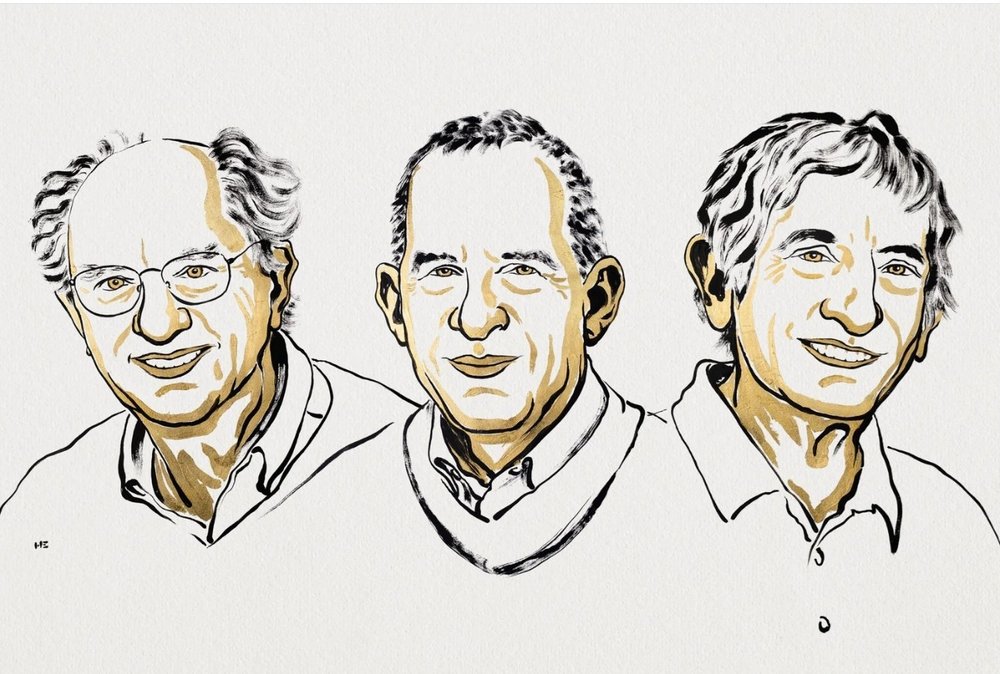After three years, the Nobel Prize in Physics has once again been awarded to researchers working in quantum mechanics. This fundamental theory is usually associated with describing the world at its smallest scale – individual atoms, or even their constituents – and seems inadequate to explain the behaviour of objects we see with the naked eye.
The phenomenon of tunneling – which can be compared to the quantum version of a flying ball passing through a wall instead of bouncing off it, is one of the fascinating manifestations of the laws of quantum mechanics. In groundbreaking research conducted some 40 years ago at the University of California, Berkeley, the laureates demonstrated that such a quantum effect can occur not only in the world of individual particles but also in a system encompassing vast numbers of them. The subject of the award-winning experiment was a superconducting electrical circuit, a system on a macroscopic scale – something you can hold in your hand.
In this research, the physicists explored the state of superconductivity, in which current flows without resistance. In this state, electrons combine into pairs (called Cooper pairs), and a large number of such pairs form a collective quantum state, surprisingly resistant to environmental disturbances. In addition to tunneling, the laureates demonstrated that the energy of the studied circuit cannot assume arbitrary values but is quantised – occurring at discrete levels, typical of the atomic world rather than macroscopic objects.
The research of this year's laureates pushes the boundaries of quantum mechanics' applicability to objects much larger than before. Their results not only deepen our understanding of the fundamentals of quantum physics but also have real potential for applications beyond pure physics. It should be noted that their work contributed, among other things, to the construction of a qubit based on a superconducting circuit, opening up new possibilities for the development of quantum computers (referring to the earlier Nobel Prize in 2022, which addressed a different aspect of quantum technology).
2025 also marks the centenary of the invention of quantum mechanics, and the UN has declared this year the International Year of Quantum Science and Technology. Since these pioneering days, we have made enormous progress in understanding and utilising the principles of this theory, finding ever new and inspiring applications in future technologies.
As Prof. Karol Szałowski notes, this isn't the first Nobel Prize in Physics closely linked to superconductivity research – previous ones were awarded in 1913, 1972, 1973, 1987 and finally in 2003. This quantum phenomenon provides a particularly compelling framework for the most groundbreaking research in modern physics. Prof. Szałowski underlines that the research will undoubtedly yield many more surprises – especially since we still don't fully understand the nature of some types of superconductivity, which poses a significant challenge for condensed matter physicists.
Source: Prof. dr hab. Karol Szałowski, Department of Solid State Physics. Faculty of Physics and Applied Informatics, University of Lodz

